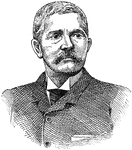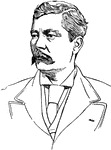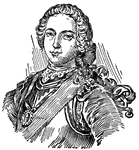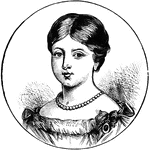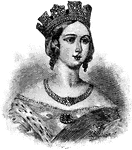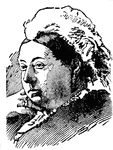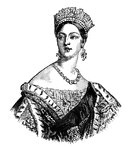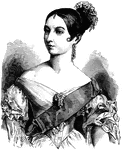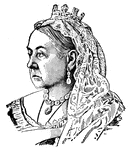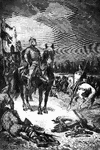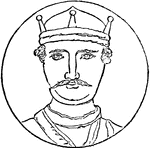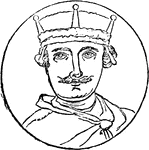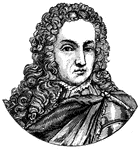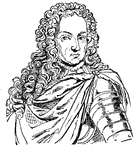The United Kingdom Famous Persons ClipArt gallery includes 213 illustrations of royalty, prime ministers, ecclesiastical and military authorities, and other persons of note.
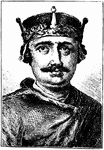
William Rufus
William II (c. 1056 – 2 August 1100), the third son of William I of England (William the Conqueror),…
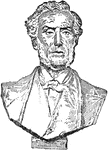
The Earl of Shaftesbury
A title in the Peerage of England, which was created for Anthony Ashley Cooper.
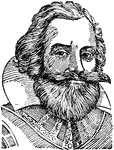
John Smith
An eminent explorer and founder of Virginia, born in Willoughby, England, in January, 1579; died in…
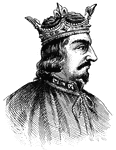
King Stephen
Stephen (c. 1092/6 – 1154), often referred to as Stephen of Blois, was a grandson of William the Conqueror.…
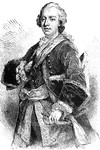
Charles Edward Stuart
(1720-1788) Charles Edward was the exiled claimant to the thrones of England, Scotland, and Ireland…
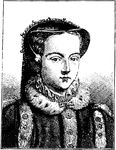
Queen Mary Tudor
Mary I (18 February 1516 – 17 November 1558), was Queen of England and Queen of Ireland from 19…
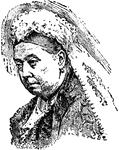
Alexandria Victoria
The queen of Great Britian and Ireland and emperess of India, born at Kensington Palace, May 24, 1819;…
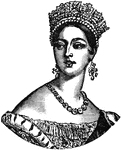
Queen Victoria
Victoria (Alexandrina Victoria; 24 May 1819 – 22 January 1901) was from 20 June 1837 the Queen…
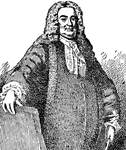
Sir Robert Walpole
A British statesman who is generally known as the first Prime Minister of Great Britain.
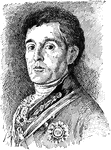
Duke of Wellington
The first holder of the title was Arthur Wellesley, who defeated Napoleon Bonaparte at Waterloo.
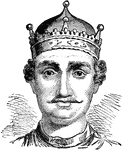
William I of England
William I of England (1027 – 9 September 1087), better known as William the Conqueror, was Duke…
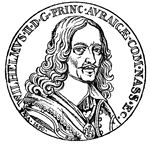
King William II (Rufus) of England
William II (c. 1056 – 1100), the third son of William I of England, was King of England from 1087…
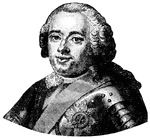
King William IV of England
William IV (1765 – 1837) was King of the United Kingdom of Great Britain and Ireland and King of Hanover…
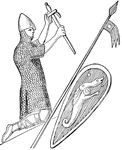
William the Conqueror
"William the Conqueror (1066-1087), as represented on his seal. Although William really ruled 'as king…

Bishop Thomas Wilson
Thomas Wilson (20 December 1663 – 7 March 1755) was Anglican Bishop of Sodor and Man between 1697…

James Wolfe
A British Army officer known for his victory over the French in Canada during the early 18th century.


